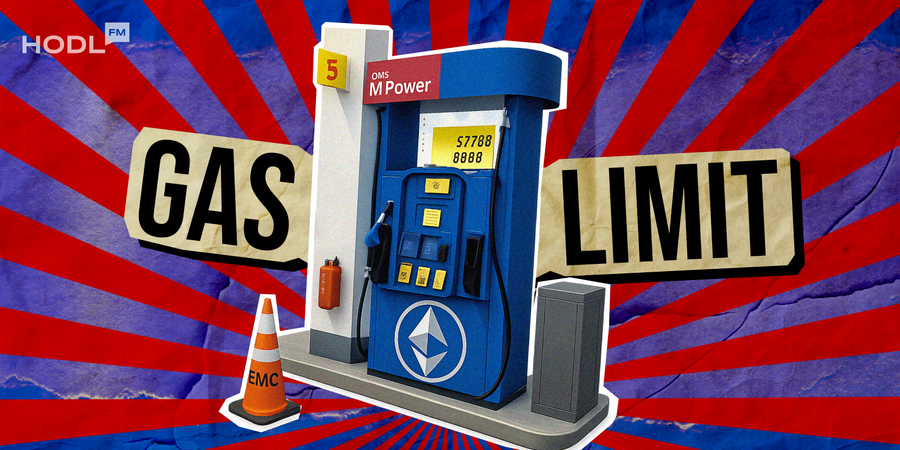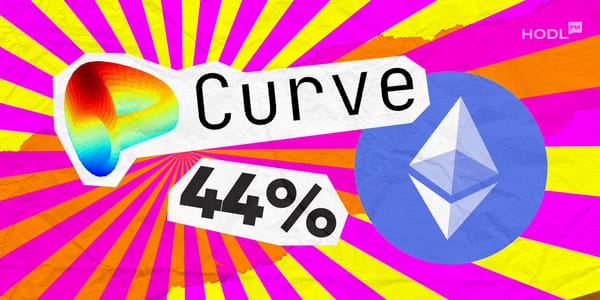Ethereum’s next major upgrade may quietly unlock a lot more room to breathe.
Developers are testing a proposal to quadruple the gas limit per blob, from 128 kB to 512 kB as part of the upcoming Pectra hard fork. The goal? Boost Ethereum’s data throughput in a way that directly benefits Layer 2 networks without putting extra strain on the core chain.
These blobs, introduced via EIP-4844, also known as proto-danksharding, are short-lived data packets designed to help rollups batch transactions more efficiently. Each block currently supports up to six blobs, but by increasing the size of each one, developers aim to give rollups like Arbitrum, Optimism, Base, and others more space to operate.
That, in turn, could reduce gas fees, improve finality speeds, and help Ethereum scale more smoothly.

Why This Matters for Ethereum’s Future
While it might not seem like a headline-grabber, the change could make a major difference under the hood.
According to Ethereum core developer Tim Beiko, testing on the larger blob capacity has been promising. Client teams are now experimenting with the expanded gas limit in test environments, with results expected to inform final decisions around Pectra’s launch.
If implemented successfully, this would mark a significant evolution in Ethereum’s data layer. The gas limit for blobs was intentionally conservative when EIP-4844 launched on mainnet in March 2024 as part of the Dencun upgrade. Now that proto-danksharding has had time to settle in, developers see room to expand.
Blobs aren’t stored permanently on-chain, which makes them far more scalable. A higher gas limit means rollups can pack in more data without increasing the number of blobs per block essentially getting more throughput without making Ethereum heavier.
Inside the Pectra Fork
The blob size proposal is just one part of the broader Pectra upgrade, which is expected to go live later this year. Pectra will likely bundle in multiple Ethereum Improvement Proposals, focusing on both performance and protocol safety.
Among the other features potentially included are EIP-7251, which could raise the validator maximum effective balance, and various tweaks to enhance how validators process attestations.
Ethereum’s progress since The Merge has followed a consistent trajectory: make the protocol more scalable through Layer 2 reliance, while keeping the base chain lean. Pectra fits squarely in that vision.
What Comes Next
There’s still no firm date for Pectra, but given the testing pace, it could land by Q4 2025. Over the next few months, developers will continue stress-testing the larger blob capacity across client teams and testnets. It’s a critical stage to ensure no surprises once the changes hit mainnet.
If the gas limit bump proves stable, Ethereum could offer significantly more bandwidth to L2s without altering the underlying architecture.
And for the broader Ethereum ecosystem—from zkSync to Linea—that’s big news. Lower rollup costs and more efficient data handling could unlock new design space for dApps, drive down user fees, and reduce reliance on centralized bridges.
Ethereum may not be making dramatic moves every month, but it’s evolving with quiet intent. This latest proposal is a step toward a more modular, data-efficient chain—one that could finally bring Web3 to scale without compromising on decentralization.
If successful, the blob boost might just set the tone for Ethereum’s next chapter.

Disclaimer: All materials on this site are for informational purposes only. None of the material should be interpreted as investment advice. Please note that despite the nature of much of the material created and hosted on this website, HODL FM is not a financial reference resource and the opinions of authors and other contributors are their own and should not be taken as financial advice. If you require advice of this sort, HODL FM strongly recommends contacting a qualified industry professional.





